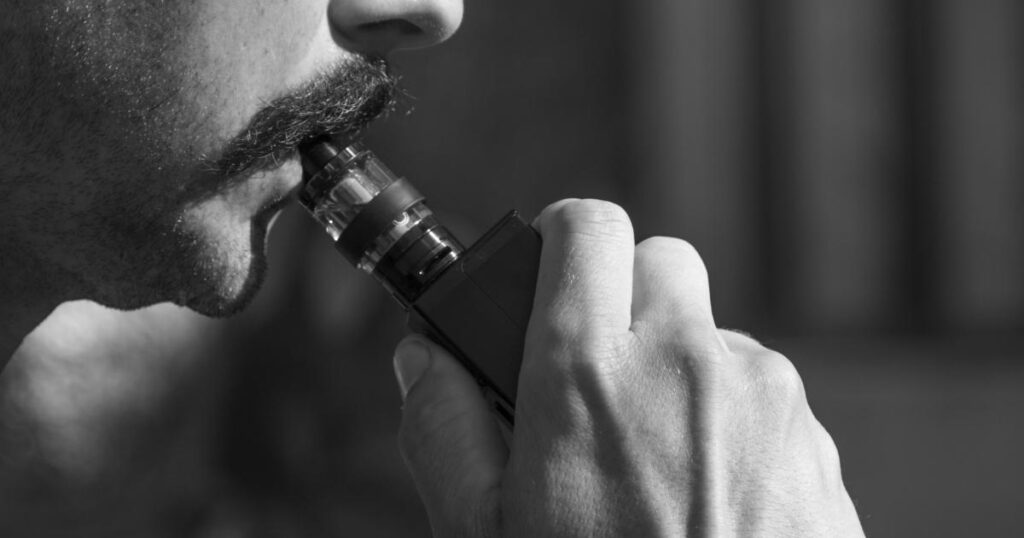On the surface, this might seem like a public health win. After all, e-cigarettes have helped thousands quit tobacco, which is still the single biggest preventable cause of death worldwide. But scratch beneath the surface, and the picture is less reassuring. Vaping—especially among young people—is spiralling into something far more complicated, and potentially more dangerous, than it was ever intended to be.
The Teen Vape Boom
Let’s start with the numbers. In the last two years, the number of 11–17-year-olds in the UK who vape has doubled. According to Action on Smoking and Health (ASH), over 20% of British teens have tried vaping. The rise isn’t among smokers looking to quit—it’s among those who never smoked to begin with. The appeal? Flavours, social media trends, and easy access.
What’s in the Vapour?
We don’t yet know the full long-term effects of vaping. That should scare us more than it seems to.
What we do know is that most disposable vapes contain nicotine levels far higher than permitted. Despite legal limits in the UK, illegal imports flood online marketplaces and high street shops alike. Recent studies have found heavy metals like lead, volatile organic compounds, and even formaldehyde in some cartridges. Vaping may be safer than smoking—but that doesn’t mean it’s safe.
There’s also growing concern over nicotine addiction. Teenagers hooked on vapes may face withdrawal, anxiety, poor concentration, and disturbed sleep. Some are being referred to addiction services. Vapes are creating a new generation of nicotine-dependent individuals, often with no prior history of smoking.
We’re not replacing a bad habit with a good one—we’re replacing one public health crisis with another.
Where Is the Regulation?
Despite government pledges to crack down on youth vaping, enforcement is patchy at best. Vape shops have popped up all over Brighton, often advertising directly to teens with colourful packaging and cartoon branding. While retailers are technically required to verify
age, mystery shopper campaigns have shown how easily under-18s can still buy vapes over the counter.
Brighton & Hove City Council has made efforts to combat this, but the sheer scale of the problem makes regulation feel like a game of whack-a-mole. Disposable vapes are sold in corner shops for less than a meal deal. The law says one thing—but the streets tell a different story.
What About the NHS?
Here’s where it gets tricky. The NHS still endorses vaping as a tool to quit smoking—and with good reason. Used properly, in a controlled and supervised setting, it can be a genuinely effective stepping stone for adult smokers. But that narrative has been hijacked.
Rather than a carefully regulated aid, vapes have become a lifestyle product. Instead of being prescribed by smoking cessation services, they’re handed around in college common rooms. This dual identity—medical tool versus recreational device—is at the heart of the confusion. And right now, the recreational side is winning.
So What Should We Do?
We need a two-pronged approach: better regulation and better education. That means tighter controls on vape sales, stricter packaging laws, and harsher penalties for retailers breaking the rules. But more importantly, it means educating young people—early and honestly—about the risks.
We also need to move away from black-and-white thinking. Yes, vaping helps smokers quit. But it can also hook non-smokers. These aren’t mutually exclusive truths. The job of public health is to hold both in balance.
Parents, teachers, clinicians—we all have a role to play. If you think your child isn’t vaping, think again. Talk to them. Find out what they know. Ask what their friends are doing. Because while vaping may seem harmless, the science is still catching up—and we may not like what it finds.
Brighton, Let’s Lead
Brighton has always prided itself on being ahead of the curve. From LGBTQ+ rights to sustainability, this city has led where others followed. Let’s apply that same spirit here.
Let’s be the first city to tackle the youth vaping epidemic head-on. To push for better regulation, more robust education, and a clear, evidence-led message.
Because if we don’t, we may soon find ourselves asking—how did we let this happen?
Source link
[Featured]
[Just In]




